The rains are here – heavy with juice and thick with grey, thundery clouds. It seems like it rains every day. Green tea with orange has been my remedy for the running nose and itchy eyes the rains bring me – allergies of some sort.
But that’s alright. This is life.
For the last few weeks, I’ve been researching this fruit – local strawberries which I now know as Olohun, thanks to a comment from Falilu, a reader on the blog.
We don’t stop learning till we do, right? Once I got a clue about the name, I began to search the interwebs. As we know, Google rarely fails. It turns out, from journals and research papers that Olohun which I’ve confused with jabuticaba and guineps is common in some parts of West Africa.
Often sold loose, in small piles, I haven’t had the opportunity of seeing them grow on trees though my friend, L describes them as growing directly on the tree trunk.
Names
My Journey
There are so many names for this fruit. I began with Local strawberries – what the women who sold it to me called it; ‘Blackberry’ from Karl, also a reader on the blog and Logo in Ogoni from a friend.
Then Falilu shared the name Olohun and Google coughed up the rest.
I’ve put the Language in italics and then the name in the language in regular text. Source: J Stor’s Global Plants website
Nigerian Names
- Yoruba Ọdun; Olóhun; Olówùn; Orówo; (Ikale) Obomodu
- Igbo Miri Ọgu From Miri; Water; (Umuahia) Mmiri Ogwu
- Ogoni Logo
- Boki (Northern Cross Rivers) Ntum Kache
- Edo Orúrú
Names in other parts of Africa
- Ghana: Akan-Fante Apotorowa, Apσtrewa, Kwadrega Podirire; Twi Apσtrewa; Asansambro Asansammuro Wasa Apσtrewa Kwadrega Podirire Apotorowa Anyi-Aowin Apσtrewa Nzema Kwadrega (Cv) Podirire
- Liberia: English Bush Cherry
- Sierra Leone: Kissi Sowundio; Koranko Kεleniŋko; Mende Njayai; Susu Forσkwe; Temne An-Titi
- Liberia: Mano Kãi
- Ivory Coast: Abe Wuniogpa Wuniongpagba; Adyukru Kokobri; Akan-Asante Patroa; Akyeabidjakué; Habizakué; Anyi Kautié-Kualé; Kuatié-Kualé; Dan Kanlé; ‘Kru’ Bugbonotu; Kru-Guere Zahalo; Kyama Kopié ; Padréa; Nzema Kadé
Scientific names
Genus/Latin name: Maesobotrya Benth. Euphorbiaceae; From the genus Maesa and botrys – cluster, a bunch of ‘grapes’
Family: Euphorbiaceae
Species: M.barteri
Source – CRC World Dictionary of Plant Names
Season
I first noticed them at the end of June and continue to see them…in August, September
Provenance
They are foraged, and from what I gather are in swampy/ riverine areas in Nigeria and other parts of West Africa
Shape, Size, Appearance
Small dark purple, dark burgundy – black fruit that resembles olives, grapes and cherries.
The fruits I’ve seen are ovoid but horizontally, not vertically/ lengthways, and are roughly 2 – 4cm (about an inch +)
The skin is thin but hard and inedible. It houses a gelatinous pink-reddish pulp which covers a seed. It reminds me in some ways of Iyeye.
Taste profile
Sweet, tart, fruity, resinous. Difficult for me to describe. You have to suck on the seed pretty hard to get the essence. It has a complex fragrance – distinctly tropical but at once guava, mango and a host of other indescribable scents and flavours.
If not refrigerated, the fruits begin to ferment after a few days. I’ve had success with keeping them for a week in the fridge.
Uses/products
Eaten out of hand but it seems like it could be made into jellies, jams and wine; and juice, liqueurs and vinegar – I made a drink from mine.
Nutritive Value
The carbohydrate contents of the fruit are quite high when compared with other common fruits, 68.9% (measured in g·100 g–1 of dry matter; cf with oranges which have ~ 26 g·100 g–1 for orange and grapes which have ~ 25 g·100 g–1) with reasonable fat and fibre content, both at ~7%.
It is a good source of protein with high levels, ~ 11.40%. Most fruits have low protein content – 0.5% to 0.8% for citrus fruits (Citrus spp.), 2.0% for Cape gooseberry (Physalis peruviana) and 1.5% for mulberry (Morus alba).
The fruit is also a good source of dietary minerals – iron, phosphorus, magnesium and calcium – with values higher than those for citrus. Vitamins A, C (ascorbic acid) and E are also present as well as thiamine, riboflavin and niacin.
For example, the Vitamin A content, ~ 6.17 mg·100 g–1 of dry matter is very high when compared with mangoes, ~ 0.20 mg·100 g–1) [21]. PS: Vitamin A (retinol) supports growth, good vision, healthy tissue and reproduction! Talk about powerhouse fruits!
Source: Fruit Journal, 2008
So there, this is what I’ve been able to put together about Olohun. Thank you all for your contributions – together we can enrich our knowledge about our indigenous fruits and vegetables. Long live Nigeria cuisine, Long live food!

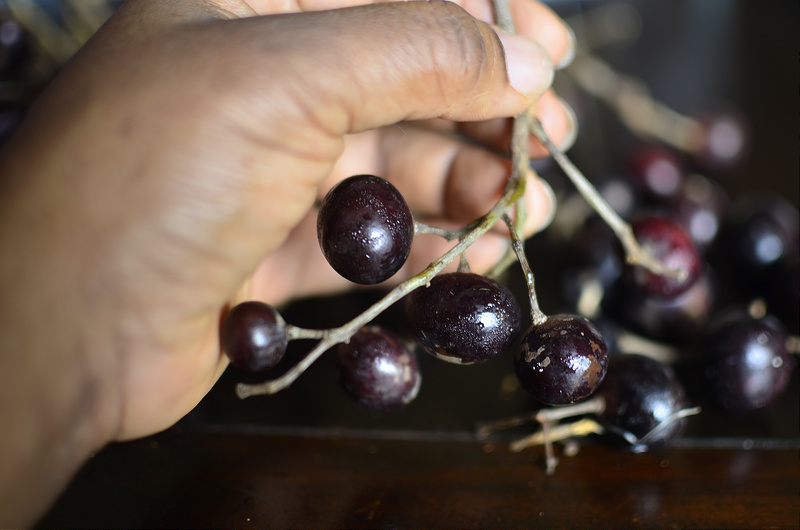
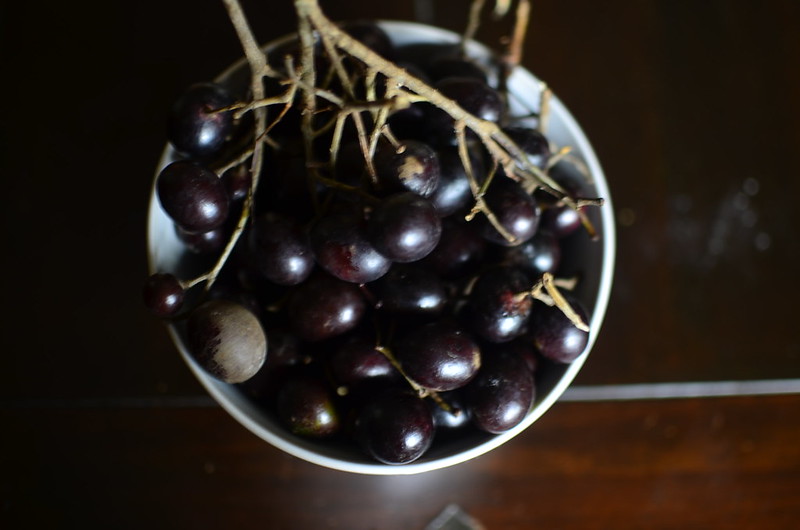
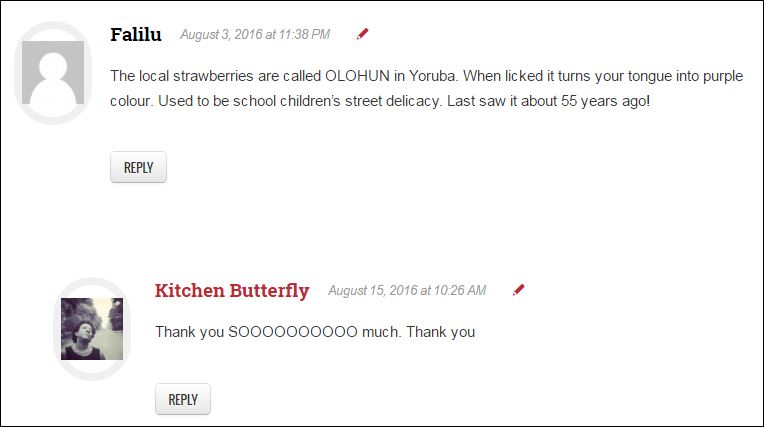
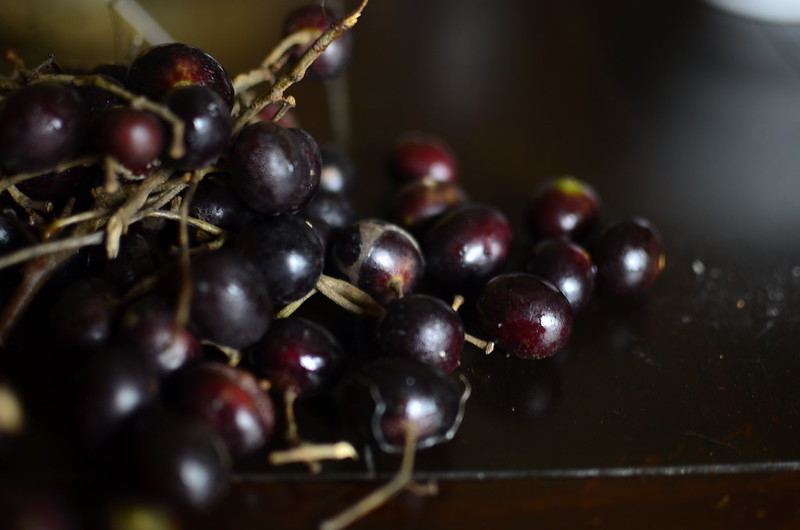


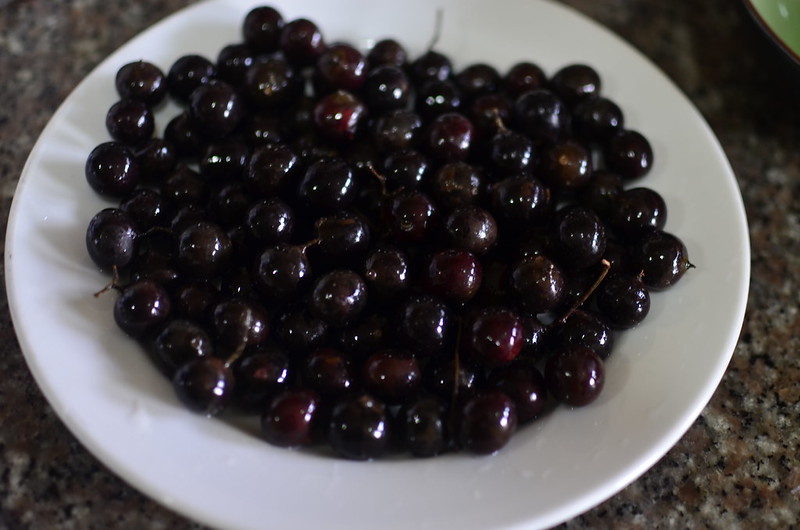
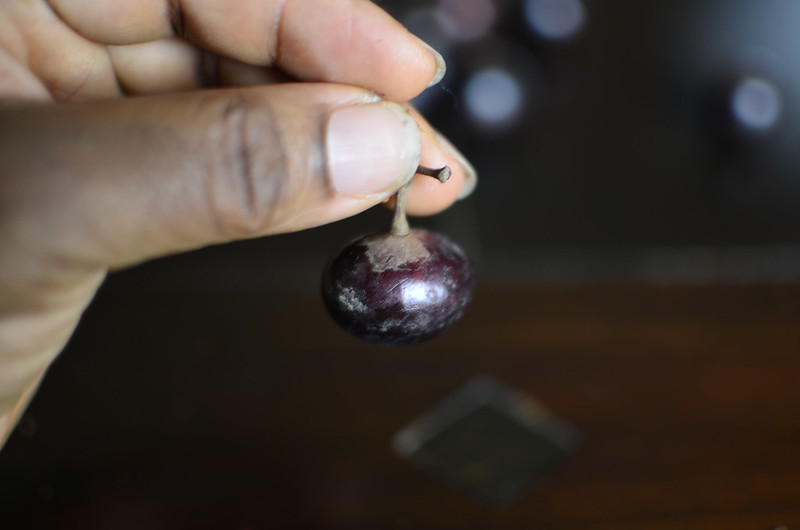
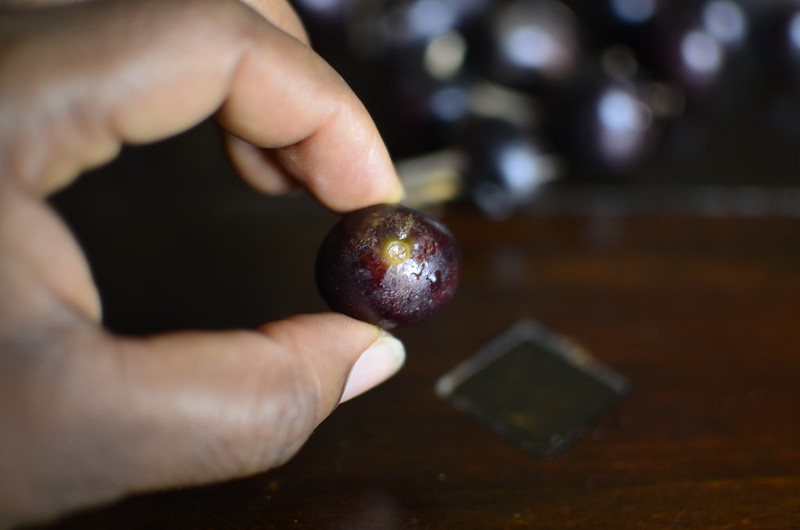
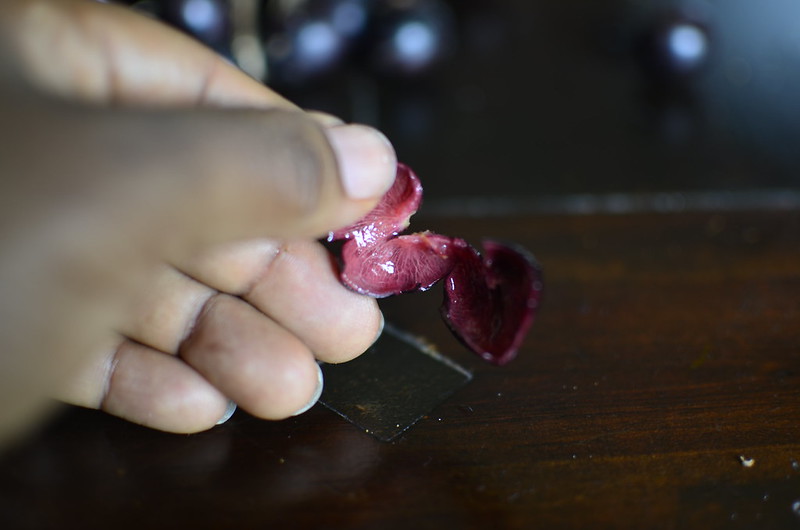
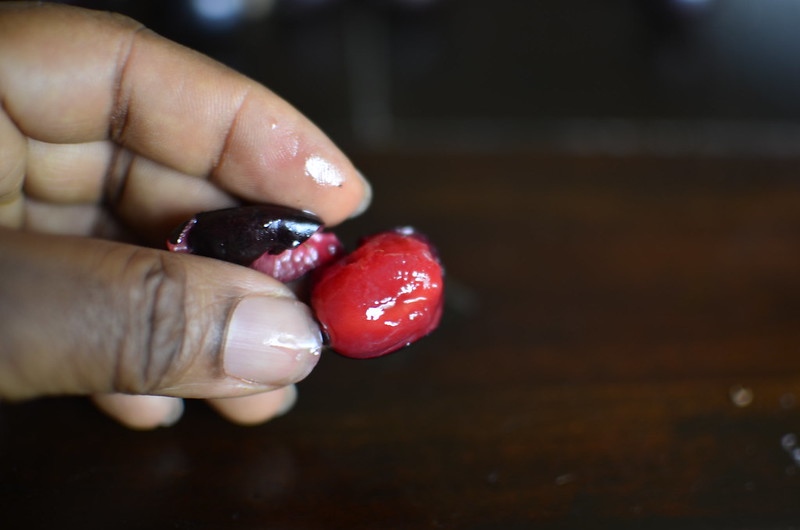
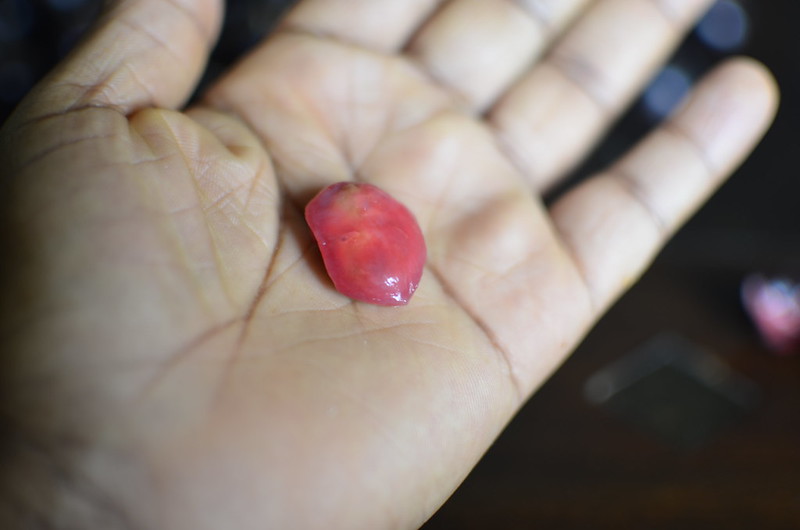
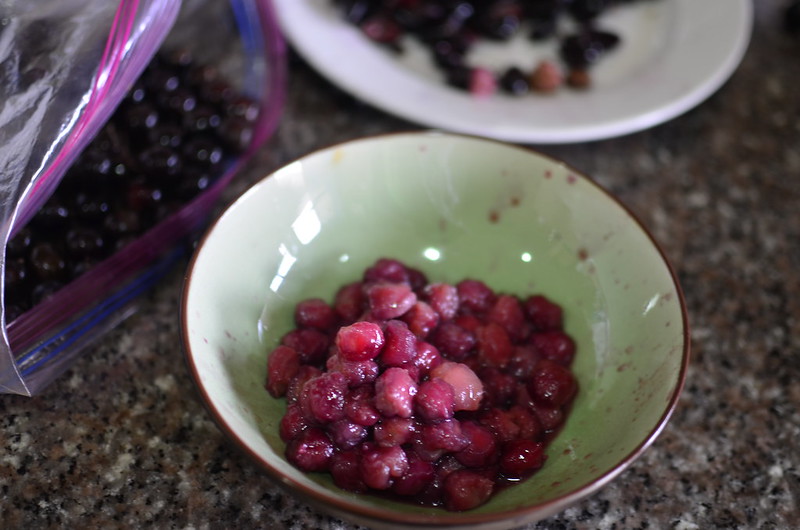
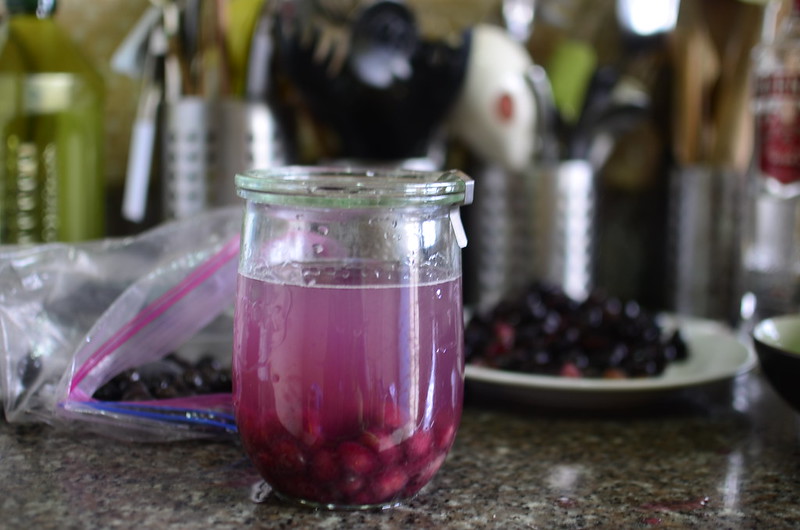
Leave a Reply